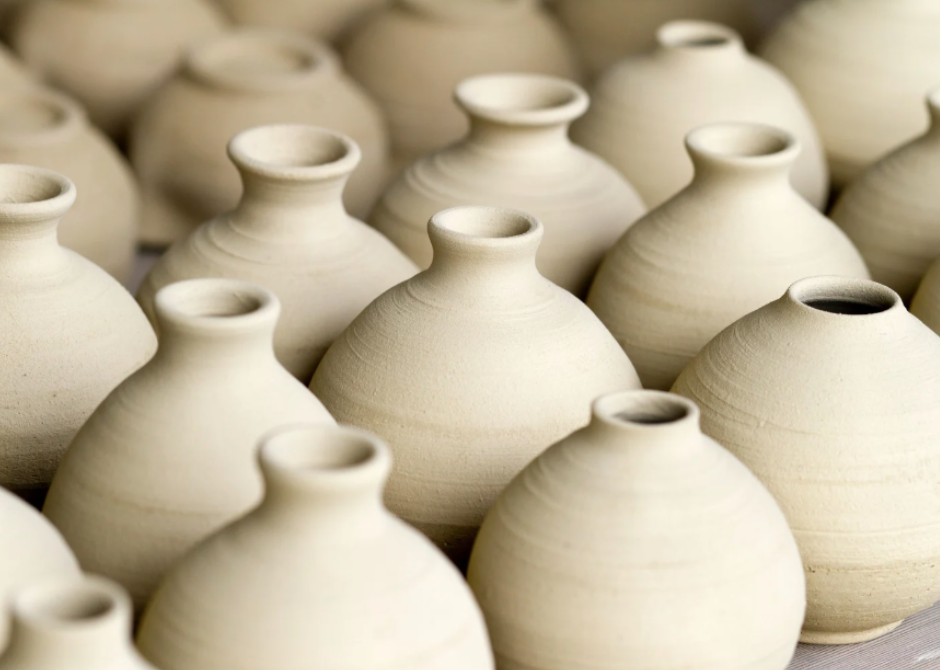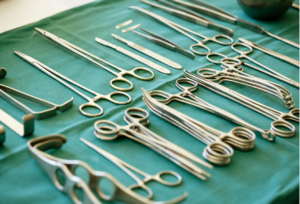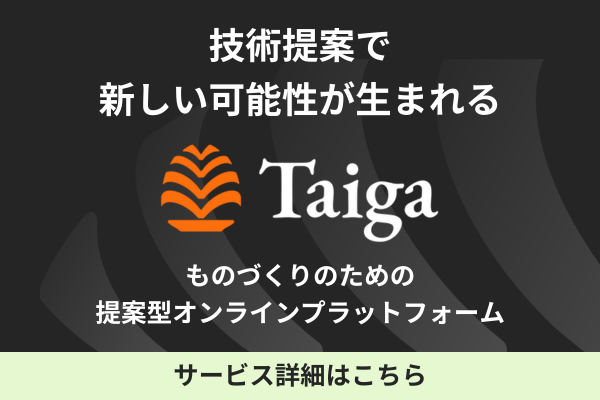
Ceramic, with its high heat resistance and durability, is a material used in a wide range of fields.
In recent years, there has also been an increasing need for microfabrication of ceramics to improve strength and miniaturization.
But, "What are the applications of ceramics and what are the advantages of microfabrication?" "What kind of supplier should I request for ceramic microfabrication?" Many people may have questions such as "What are the applications of ceramics and what are the advantages of ceramic microfabrication?
In this article, we will discuss the characteristics of ceramics, the background behind the attention to microfabrication, and an overview of microfabrication and its advantages.
We also explain the key points on how to select a vendor for ceramic microfabrication, which we hope you will find useful.
Table of Contents
What is Ceramic?
Ceramic is a material originally made by firing natural materials such as clay. Tile, glass, and ceramics are also types of ceramics.
Recently, advances in science and technology have produced many new ceramics with excellent properties that include oxides, metal compounds, and carbon alone.
Trends in Ceramic Microfabrication
Ceramics are used in a wide range of fields due to their properties such as heat resistance and durability.
For example, in the aerospace industry, ceramics are used in engine components to improve fuel efficiency and prevent wear.
In order to increase the strength of ceramics, the surface is dimpled with small irregularities, and microfabrication is an essential technology for dimpling.
In the medical field, micromachined ceramics are used as components and materials for medical equipment to improve miniaturization and durability.
The need for microfabrication of ceramics is expected to increase in order to enhance the properties of ceramics themselves.
What is Microfabrication?
Microfabrication generally refers to a processing method that applies fine processing on the micron level.
Target materials include metals and resins, and in recent years, microfabrication is also possible with ceramics.
Microfabrication offers a variety of advantages not found in other processing methods.
Advantages of Microfabrication
Microfabrication has the following advantages
- Increased product precision and quality
- Effective in terms of processing efficiency and cost
- Effective for miniaturization and weight reduction
Microfabrication uses machines and data to achieve micron-level processing.
Improving the dimensional accuracy of the product would also enhance quality.
In addition, speedy processing improves processing efficiency and reduces costs by preventing the generation of defective products.
Microfabrication can be used in many applications for manufacturing smaller and lighter products.
Scenes and industries where ceramic microfabrication is used
Microfabrication of ceramics is utilized in the following scenes and industries
- Aerospace (surface processing of engine parts)
- Medical (e.g., surface treatment of artificial joints)
- automotive industry
The durability and lightweight properties of ceramics are also being used in a variety of fields, and the need for such products is expected to increase in the future.
Advantages of microfabrication on ceramics
Microfabrication of ceramics leads to the improvement of various properties of ceramics.
This section describes the advantages of microfabrication on ceramics.
Increased strength by dimpling process
Dimpling is a process of applying minute indentations to the surface of a material to improve the durability of the product.
In microfabrication, dimples can be processed with higher precision.
Thus, microfabrication of ceramics is also used to improve the durability of ceramic components used in harsh environments.
Lower frictional resistance due to uneven shape processing
In order to reduce wear resistance, the surface of ceramics is sometimes processed into an uneven shape. Microfabrication is also used in this process.
For example, by machining the surface of ceramic engine parts with an uneven profile, wear resistance can be reduced and engine fuel efficiency can be improved.
In addition, the surface of ceramic bearings can be machined with an uneven profile to reduce the amount of lubricant used and to allow the bearings to be used for a longer period of time.
In addition, the surfaces of ceramics used for artificial joints are also processed with uneven surfaces to reduce wear resistance.
Change in properties due to counterbore processing
Counterboring is a process in which a specific pattern of grooves is carved into the surface of a material in order to change the properties of the ceramic.
The increased surface area by the counterbore process improves reactivity and adsorption, and improves the flow of liquids and gases, and thermal conductivity.
The microfabrication process can significantly improve the properties of ceramics by applying a counterbored finish to the ceramic.
Ceramic microfabrication method
Laser machining or cutting is mainly used for microfabrication of ceramics.
The features of each processing method are introduced below.
Laser microfabrication
Laser processing is a method of microfabrication in which a high-energy laser is applied to ceramics.
Even with hard ceramics, microfabrication can be achieved by concentrating the laser beam.
Laser processing is not only capable of high-precision processing such as dimpling and surface irregularities, but is also used for aesthetic purposes such as engraving small designs and letters.
Microfabrication by cutting
This method uses a machine that contains tools called a machining center to perform microfabrication.
The appropriate tool is selected from among several tools stored in the machining center, and micromachining is performed based on the programmed data.
In addition to cutting tools, numerical values such as cutting speed, depth of cut, and feed depth can be controlled, enabling high-precision micromachining.
However, the disadvantage of ceramics is their high hardness, which causes faster wear of cutting tools in microfabrication by cutting.
Appropriate tool selection, replacement and cooling as needed, and measures against chipping and cracking are also required.
How to choose a contractor for ceramic microfabrication
Ceramic is one of the hardest materials to process due to its high hardness.
In addition, dimple processing, surface irregularity processing, and counterbore processing must be performed accurately and appropriately to fully demonstrate the performance of ceramics.
Be sure to select a contractor that has solid skills and knowledge in ceramic microfabrication.
For example, an ISO 9001-certified supplier is one that can provide products that meet customer needs and regulatory requirements.
In particular, since it is essential to guarantee the quality and safety of ceramics used in medical equipment, whether or not they have been certified will also be a criterion for selecting a supplier.
Also, a supplier that can handle various types of microfabrication, such as cutting and laser cutting, can select the appropriate processing method according to the shape and application of the part to be manufactured.
Summary
Along with the properties and benefits of ceramics, we have explained the advantages of ceramic microfabrication and the key points to consider when selecting a vendor.
Ceramics are used in a variety of fields, and the need for microfabrication is growing accordingly.
In order to realize microfabrication that can bring out the full potential of the properties of ceramics, select a vendor with sufficient technology, trust, and experience, and ask them to do the work for you.
If you are considering parts manufacturing, please contact us.Taiga."Please make use of the following
Taiga is a free service that allows you to consult with experienced contractors.
We can efficiently proceed with the development of difficult or new parts, small-lot production, prototyping, and mass production while keeping costs low.
Receive technical proposals at Taiga
 0120-987-742
0120-987-742

